The prepping movement has evolved through the years it has been in existence. This is not surprising, as there has been a huge amount of time, energy and money which has gone into developing plans, tools and methods for survival in the last few years.
So it only makes sense that we’ve collectively come up with better ideas than we had a few years ago.
One of the important directions that prepping has taken during this time is that of extending the window of time that people are preparing to survive.
What started out as preparing for the aftermath of a natural disaster, needing to survive a few months, has turned into the idea of self-sufficiency and sustainability, so that people can survive permanently, should a major catastrophe take down the infrastructure that we all depend on.
A large part of this is what I refer to as “urban homesteading.” While homesteading has always existed, the idea has moved into suburbia in the modern incarnation of prepping.
Many of us are looking at how we can produce our own food and water, so that we can survive for the long term. More than anything, this means gardening, although many are raising chickens, rabbits and fish for animal protein as well.
But raising enough animal protein to take care of your family’s needs in a post-apocalyptic world would probably require more land than most of us have available.
All animals require food and the larger the animal, the more food it requires. Raising feed for any animals you have takes away from the land you are able to use to raise food for your own family, actually more land than the food you will receive from the animals.
This means that raising enough animals to provide us with our needs requires more land than is available in suburbia. So, for those of us who can’t afford to move to a ten acre homestead outside of town, we need something else.
At least a part of that something else will probably be hunting.
Discover the golden days’ practice for getting all you can eat food without buying from the supermarket!
But hunting in a post-apocalyptic world will be much different than the hunting we know today. To start with, unless you’re talking stray dogs and cats, which probably won’t last long, there probably won’t be all that many animals for you to hunt within walking distance of your home.
Nor will you probably be able to drive to your favorite hunting spot, assuming you have one. Whatever gas will exist, will be a precious commodity.
This means that hunting will not be a day excursion, but rather a lengthy one. Hunters will have to leave their homes for a week or two, just to make it to the hunting area, be able to hunt, prepare their catch and trek it back home.
Such an excursion would have to be carefully planned, with people left behind to protect the home and family while the hunters are away.
Hunting Will Be Different
I don’t know how it is where you live, but where I live hunting consists of putting out bait corn and waiting in a raised blind for animals to come eat it. Once they came, all you had to do was aim and pull the trigger.
That’s not the sort of hunting I grew up with. When I was hunting as a young man, we had to go out and find the game, and stake out a place alongside a game trail, not bait the game in to where we were. Baiting the game was illegal.
Hunting the way I grew up requires knowing about the habits of wild game; specifically understanding their daily habits.
Most animals, like humans, are creatures of habit. So the trick is to learn their habits.
Where do they feed? Where do they water? Where do they bed down for the night? What is their “schedule” for lack of a better word.
For example, most game animals water early in the morning and late in the evening. Knowing this allows us to stake out water holes and wait for the animals to come to us, if we can find the water holes that the animals use.
In turn, finding that water hole means knowing what sign to look for, so that you can track the game you want.
What do their tracks look like? What does their scat look like? Knowing where to look for the animals means being able to recognize those things and use them to figure out what animals are in the area and where the animals go.
Today, hunters mostly look for a good trophy and laws in some states put limitations on what game can be harvested.
This is all part of the conservation needed to help maintain the animal population. But when people are desperate for food, they won’t be caring about conservation. You, I and every other hunter out there will kill whatever we see, just to make sure that we can feed our families.
This means that over time the game will become scarce, with some species even possibly becoming extinct. While that will upset the environmentalists, there will be many more human lives lost, because they can’t hunt and feed themselves.
Hunting Livestock
With people desperate for food, chances are pretty high that people will be willing to kill just about anything. This may actually include killing each other and resorting to cannibalism in some cases.
More than that, those who can find livestock will probably be killing the livestock, regardless of who it belongs to.
I can’t condone killing other people’s livestock for food, as that is stealing from them. It could even lead to those people’s families starving, if enough people do it. Oh, I know that they will justify themselves, saying that the farmer or rancher has lots of animals.
But when lots of people are killing those animals, they won’t last long.
Even though I can’t condone it, I can understand it. One’s greatest responsibility is to take care of their family. So it does not surprise me to see that people will go to this length. Who knows, I may even find myself doing it. I hope not, as I have a neighbor who has a few dozen head of cattle, and I’m hoping I’ll be able to work something out with him.
This could actually lead to some small range wars, as ranchers and farmers try to protect their livestock from poachers and rustlers. From the ranchers and farmers’ viewpoint, they would only be protecting their property; but others will see it as wrong.
New Hunters
In addition to the danger of irate ranchers and farmers, there will be a risk of being shot by other hunters. Part of this will be because there will be many inexperienced hunters who are out there just because of need.
Some of them won’t ever have fired a gun or seen a deer in real life. These are the kinds of hunters who shoot at a stirring in the bush, convincing themselves that they saw a deer moving through the trees.
There may also be those who are out there hunting the hunters; not as cannibals, but to steal whatever game they manage to kill. Desperation gives people crazy ideas, so the idea of stealing some hunter’s deer or hog might sound pretty good to someone who is hungry. Constant vigilance will be necessary.
Weapons
The second thing that could be different about hunting in a post-apocalyptic world is the weapons that we choose to hunt with. A good hunting rifle produces over 175 dB of sound. Depending on the weather, terrain and foliage, that can be heard as much as five miles away, advertising your position and that you probably have caught some game.
With that great an acoustical signature, would you really want to be hunting with a rifle? I think not. We’ll probably see a great increase in bow hunting during that time, as people try to keep their hunting stealthy and avoid attracting undue attention.
What a Hunting Trip Might be Like
Based upon all this, I think a typical hunting trip would take a week to two weeks, assuming that we’re talking about a time when gasoline is gone and the hunters would end up having to travel by foot. Travel time would necessitate such a long trip, regardless of the time it took to do the hunting itself.
Such hunting trips could only be undertaken by survival teams, because it would be necessary to leave some people behind to guard the homestead, while others went on the hunt.
The hunting party itself would probably only consist of two to three people, enough to get the job done and defend itself, without severely lowering the defenses of the base camp.
Considering that the average walking speed over smooth, level terrain is 3.5 miles per hour, it would probably take two to three days to get to an area where the team could hunt.
Of course, that would depend on where they lived and how close they were to any wilderness area with game. In some parts of the country, the travel time would be considerably shorter, while in others the distance would probably make hunting impractical.
To make the most of the trip, any such hunting party should bring along a means of carrying the meat they kill back to the home base, without having to carry it on their backs. A cart of the kind that some hunters use for bringing their kills out of the hills would work well, as it would probably be lightweight and built for use in rough terrain.
Upon arrival at the hunting area, a temporary camp would need to be established and the hunting could begin. For maximum efficiency, the hunters would probably split up, but remain close enough to call out to each other or call on portable radios, in case of problems.
One of the key things to make this sort of hunting as effective as possible, would be the need to butcher and preserve the meat, before returning home. Fresh meat doesn’t keep well, without refrigeration or freezing. So the meat would have to be dried, making it into jerky or smoked.
Either is possible in the wild, although drying is easier than smoking.
Jerking the meat also provides the advantage of being able to reduce its weight considerably. Typically, jerky loses half its weight during the drying process. So, bringing back 200 pounds of meat from such a hunt is like bringing back 400 pounds of fresh meat. That maximizes the effectiveness of the hunt, providing the most meat possible for the small team of hunters to haul back.
Hides should also be collected, as they can be turned into leather, which has many uses. While some initial preparation of the hides would be necessary before transport, the majority of the work in tanning them could wait until returning to the homestead.
The return trip would take longer and be more dangerous. The added weight of a couple hundred pounds of meat would slow travel down, tiring the hunters more quickly. In addition, they would have to be on constant lookout for others who might want to steal what they had.
While there would probably be some risk of attack for anyone on the roads, a small team with a couple of hundred pounds of meat would be a very attractive target.
At two ounces of meat per person, per day (normal portion size of fresh meat is considered five ounces), 400 pounds of jerky would last 16 people (four families of four) 100 days. That would indicate a need to go hunting every three months, if the hunting team brought back 400 pounds of jerky each trip.
Obviously, the more they could bring back, the longer it would last.
Of course, hunting can only be accomplished effectively during about eight or nine months of the year, with the best time for hunting being in the fall. During the winter months, game move about very little, making them considerably harder to find.
The ability of any such team to bring back larger amounts of meat will depend more on the availability of game, than anything else. One whitetail deer provides somewhere between 75 and 125 pounds of meat. The average javelin (wild pig) provides 33 to 35 pounds, field dressed.
By comparison, the average 1200 pound steer will net roughly 490 pounds of boneless, trimmed beef. So clearly the steer is the better catch, if you can get one.


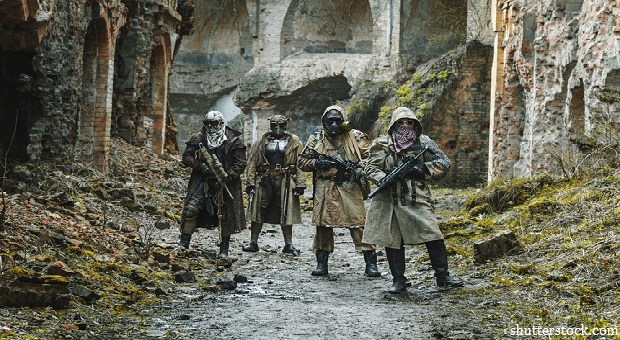

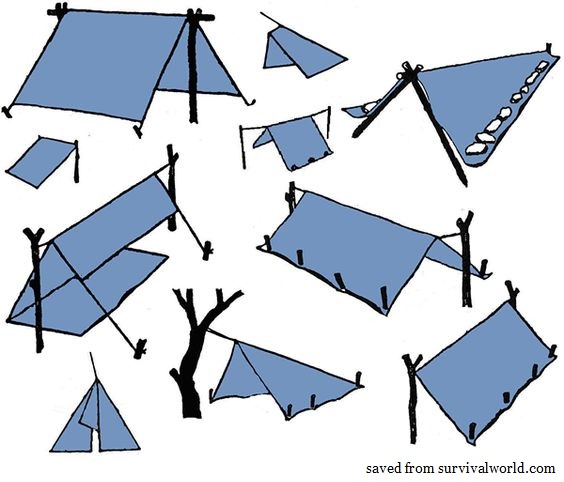

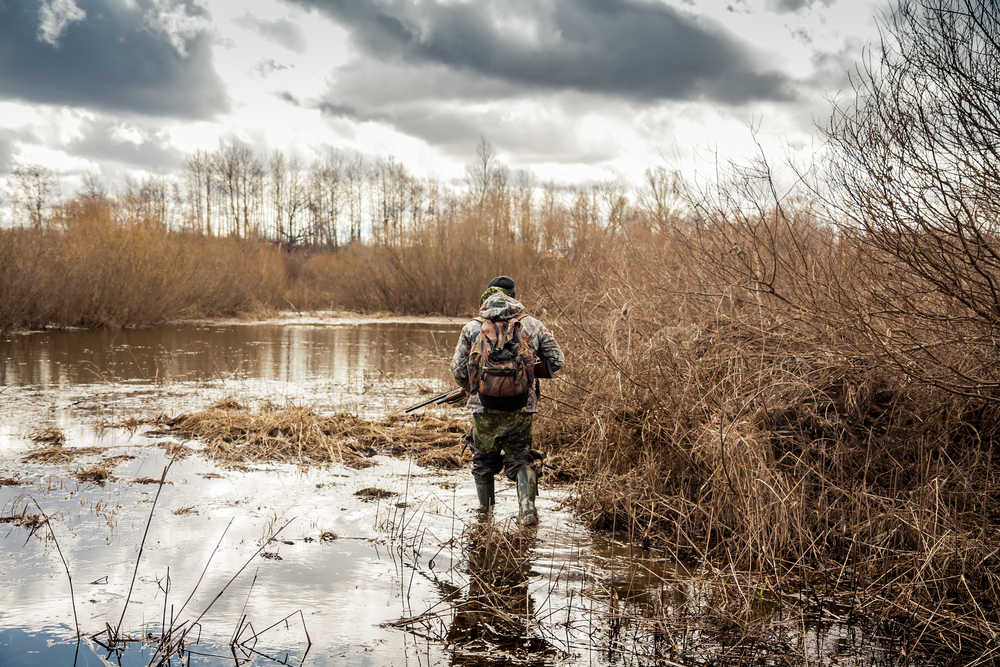
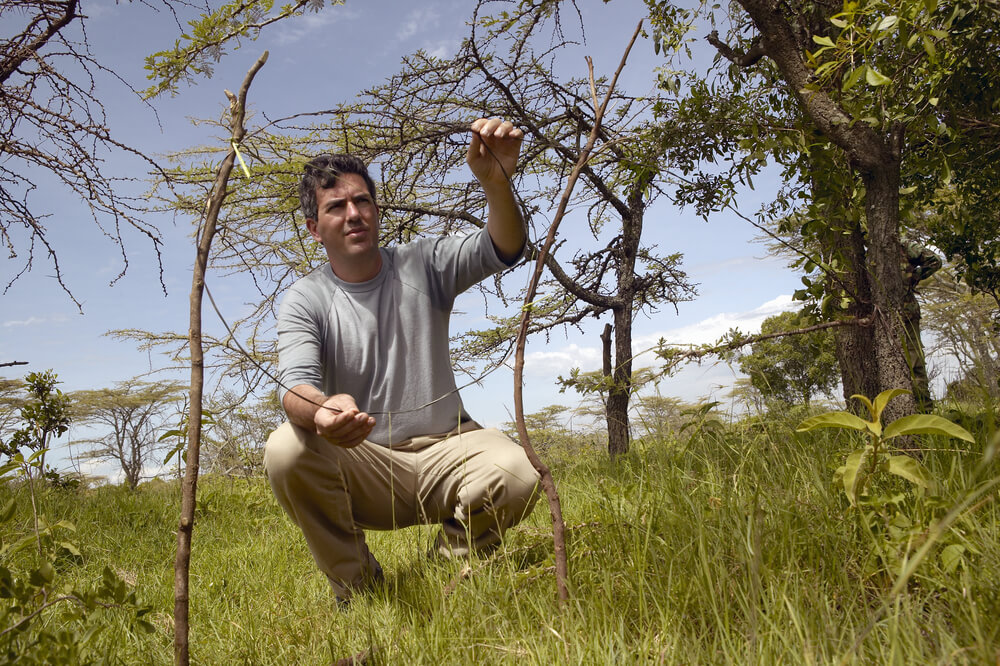
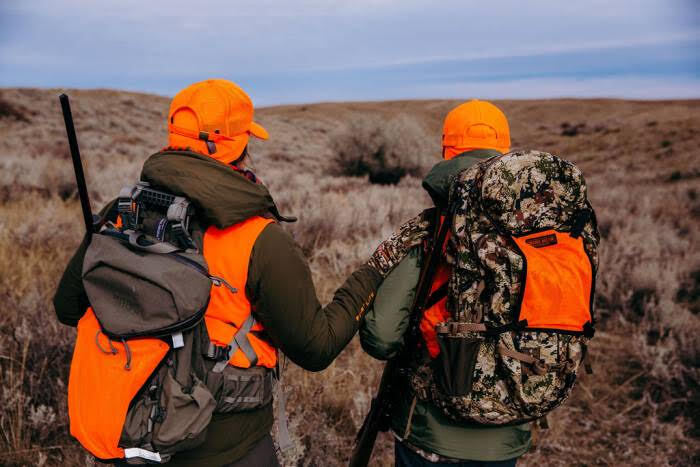
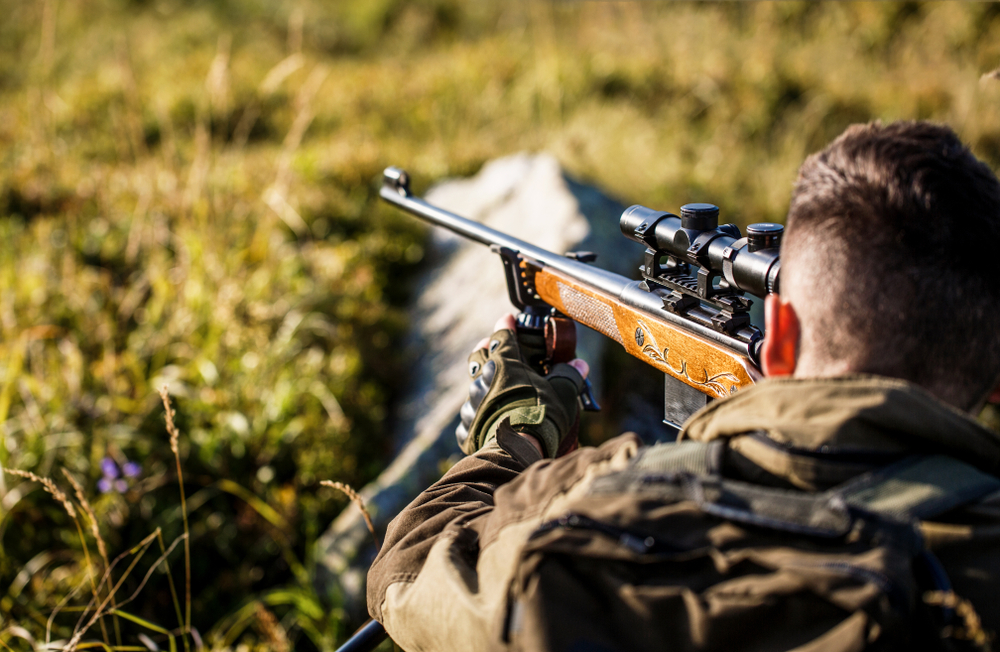

Curley Bull | February 15, 2018
|
Bill,
The below statement is something I have talked bad about for over 40 years. Like you, I grew up “HUNTING”! The below method is “AMBUSH”, not hunting. Almost any dodo can ambush. The very, very few true hunters left would have a bit of advantage over the ambushers.
“Hunting Will Be Different
I don’t know how it is where you live, but where I live hunting consists of putting out bait corn and waiting in a raised blind for animals to come eat it. Once they came, all you had to do was aim and pull the trigger.”
Nashoba Losa | February 15, 2018
|
Actually, all hunting is ambush hunting, when you really think about it. I was fortunate to be able to hunt for thirty plus years on several thousand acres in rural oklahoma. it was peanut country, as well as soy bean, corn. hygear, some wheat, and lots of meadow hay. there was lots of water and cover for the deer and other game so they were all over the place. i always hunted the strips of woods and other cover that was between the various fields and water sources. i found the game trails, rubs, scrapes and droppings and located where the deer traveled from crop to crop. Then i waited in downwind positions to take them. I never wore cammo. I never needed it as all one has to do is read the wind and be still. harvested at least one deer every season but one. I grew up as a bird hunter because that is what my dad was into. when I married, my father in law was into deer hunting and being in the woods all the time he was not farming. So i had it both ways. but my favorite way to hunt was still hunting–covering six to ten steps at a time walking through light drizzle or snow on a crisp fall morning. killed many a deer that way. you just have to use your eyes and ears and follow the trails.
Jerry Struthers | February 15, 2018
|
Hunting would be the worst thing you could do. Advertise to everyone that someone is shooting at game. Stealth is the only way to go. Trapping or snaring game would be the only way to go. That way you only have to worry about getting the meat home without being shot.
Paul | February 15, 2018
|
A very well thought out article and some good information. Like you I grew up hunting the old fashion way. Know your game habits and stake out their trails and waterholes. As a kid I hunted rabbits with a hickory brush bow. I tried my hand at making my own arrows, but they didn’t fly well, and store bought were better. Target arrows were cheep and I could always change out the tip, but this wasn’t needed with rabbits. The arrow would go right through and pin the rabbit to the ground.
Squirrels were a little harder because the bow wasn’t practical. Just sit in the woods for a little while and listen for their chatter. Slowly work your way up to them and then take them out with a slingshot. This worked for doves as well, but not my preferred game, although once cleaned they will make a nice soup or stew.
I lived next door to this old guy who hunted both in and out of town using snares and traps. His biggest problem were old ladies who didn’t like him killing their little wild friends. Between his hunting and garden and his wife’s nature walks every day going out of town and back collecting weeds along the fence rows they ate pretty good. They also harvested fruit from friend’s yards as it became available.
As for game becoming scarce. Not sure this would be a long-term problem. Most folks don’t have those skills and if civilization doesn’t return in short order there won’t be that many hunters. I think humanity will all but destroy itself in short order.
Most people only have a few days’ worth of food in their cabinets. Grocery stores only stock a few days food and depend on warehouses and trucks. When the food runs out folks will go door to door looking for whatever they can find. If food isn’t given they will in short order turn violent and kill for food.
Between the food shortage causing a breakdown in order and a lack of services; power, water & sewage, and trash the death toll will be horrendous within just a couple of weeks. Add to that the lack of medicines and medical services and there won’t be much left within a few months’ time. I think the wildlife will flourish just fine on its own. In a few years’ time the carnivores will be back to help balance out the lost human element.
Pat H | February 16, 2018
|
Consider having an air rifle for small game. They are a lot quieter and pellet guns for small game have become popular. They can be had for less than $200.
Ben Leucking | February 16, 2018
|
As someone who Lives in the Southwest amongst ranchers, I can guarantee that they will protect their herds from raiders and scavengers. God willing, I’ll be there to help them. I fully agree with Paul (above) that wildlife will flourish, whereas the great die-off will be humans that have no skill set for survival.
Frank | February 17, 2018
|
A very good article. It, for the most part describes the life of Native Americans before and slightly after the invasion of ILLEGAL ALIENS from europe. (too bad they didn’t have immigration controls) Two things were different for them. First, they didn’t have to worry too much about being ambushed by scumbags that would kill them and steal the food. Second: When the hunting party had to travel more that three days, they moved the home village.
lightling mcqueen | September 13, 2018
|
kachow